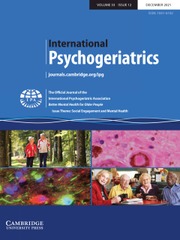Crossref Citations
This article has been cited by the following publications. This list is generated based on data provided by Crossref.
Mindell, J.S.
and
Watkins, Stephen J.
2024.
Transport, health and inequality. An overview of current evidence.
Journal of Transport & Health,
Vol. 38,
Issue. ,
p.
101886.
Mindell, Jennifer S.
and
Watkins, Stephen J.
2024.
Health on the Move 3: The Reviews.
Vol. 13,
Issue. ,
p.
1.
Musselwhite, Charles
2025.
Gerontology and geriatrics: care and context. Towards integration.
Cogent Gerontology,
Vol. 4,
Issue. 1,



